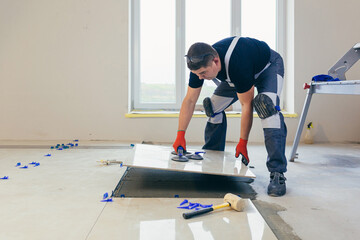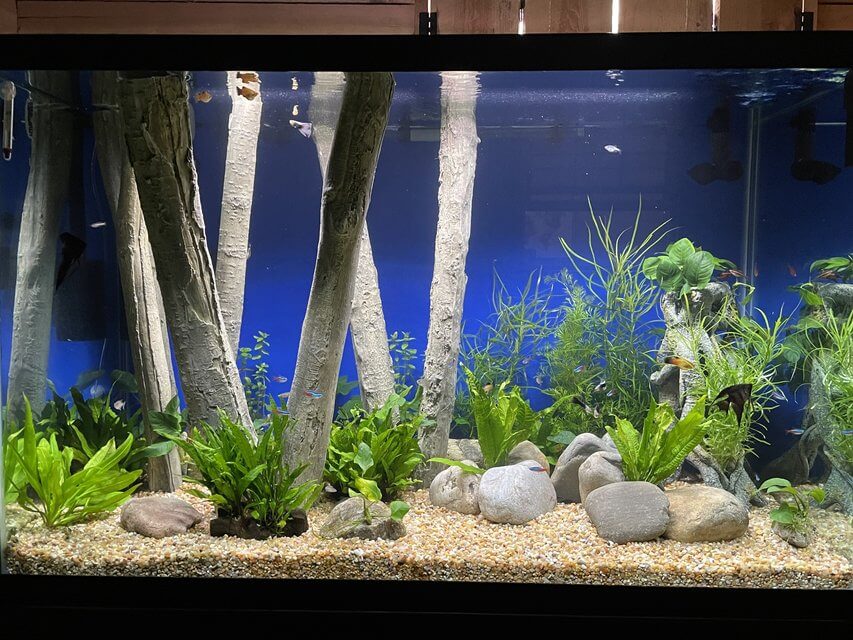If you’re in the market for a new toilet or repiping job, you may wonder how much a plumbing repair will cost. While emergencies should be left to professional Plumbers Aurora CO there are several common plumbing problems that you can fix yourself or with the help of a manual or hardware store employee. Some common problems include corrosion, creaking and whistling pipes, leaks, and flooding. Fortunately, many resources available online will help you make the right decision.

Costs Of Repairs
Whether you have a leaking pipe, blocked sink, or toilet, you need to budget for plumbing repairs. There are a variety of plumbing costs to consider, from the installation of a new faucet to the repair of a broken pipe. This article will review some of the most important considerations when budgeting for plumbing repairs. By following the tips listed below, you can avoid overspending on plumbing repairs. But before you begin, make sure to review the following list to make sure you have covered everything that you need.
There are several different costs involved in plumbing repairs, from the tools to the time a plumber spends on each repair. Even if you hire someone to repair, you’ll likely pay for their time and extensive training. As a result, the cost of plumbing repairs can vary wildly. To get a good idea of how much a specific repair will cost, call several plumbers and ask them for a quote.
Some plumbers will give you a flat rate before seeing the work. Depending on the nature of the repair, the price can range from $150 to $400. A simple clog removal can take an hour, while a more complicated problem may require four hours. However, most plumbing companies will provide you with a quote for a flat rate that will cover the initial inspection as well as the first hour’s work. The average cost for plumbing repairs depends on the size of the job and the time it takes to complete it.
The total cost of replacing all plumbing fixtures can range from $350 to more than $2,000. Depending on the location and size of the break, this repair can be cheaper than installing a new toilet. Water heaters and water systems also cost more. These problems typically cost around $1,500 or more, and a new holding tank can cost between $500 and $5,500. A new bathtub or shower can cost from $1,000 to $5,500.
Costs Of Preventive Maintenance
A preventive maintenance program can save homeowners anywhere from twelve to eighteen percent on their annual plumbing repair costs. These preventive maintenance plans can also help save on energy costs. The basic level of a preventive maintenance plan includes an annual evaluation of the plumbing system, priority service when repairs are necessary, and a discount on repair costs. More advanced programs may include free parts and discounted new equipment. One of the most common sources of severe water damage is washing machine supply hoses. Having these checked regularly is vital to prevent serious water damage and costly repair bills.
Regular maintenance also allows you to catch plumbing problems early and schedule repairs at the least disruptive times. For example, preventive maintenance allows you to identify and fix small issues before they become major problems, so your plumbing system will have a longer lifespan. By focusing on routine maintenance, you can help keep your equipment in good shape and increase its efficiency. This preventive maintenance program can even save you money in the long run.
Plumbing preventive maintenance plans can help prevent costly plumbing problems and ensure your home’s efficient operation. You can save a substantial amount of money by scheduling regular plumbing checkups. By ensuring that your plumbing system is running as efficiently as possible, a plumber can check it regularly. They will also perform cleanings and minor repairs. And you can also trust them to do a thorough job, which can save you money over time.
Leaking pipes can be costly as the water vapors from leaky pipes can cause other problems in your home. Mold growth can occur in pipes if you ignore the problem, and damaged woodwork could rot. In addition, leaking water can cause damage to your walls and floors. If you ignore it, you’ll have to either fix it yourself or call a plumber in the event of an emergency. And the wait could cost you a lot of money.
Cost Of Repiping
If you’re in the market for new pipes for your home, you might wonder what the overall cost is. While pipes made from copper and other metals are more durable and last longer than other pipes, they also cost more upfront. Not only do they require more time to install, but the process can also be labor-intensive. A flexible plastic piping option called PEX pipe offers numerous benefits, including ease of installation and reduced labor costs. Copper pipes are the most traditional plumbing pipe material. They’re able to handle both hot and cold water, and they don’t corrode.
The cost of repiping depends on several factors, including the type of plumbing and the size of your home. A whole-house repipe will generally cost anywhere from $1,500 to $15,000. Smaller plumbing jobs can range from $350 to 1,780. A plumber will likely need to tear out old pipes and drywall, which can add another $500 to the total. For larger homes with a complex plumbing system, a plumber might charge as much as $6,500.
Depending on the size of the job, copper repiping may cost as little as $2,000 to as much as $15,000. If you only need a small bathroom to repipe, you can expect the cost to be around two to three thousand dollars. Copper piping, on the other hand, may require more work and is more expensive than PEX. Copper piping can last a lifetime, but the price is higher.
A repipe can also add value to your home. Repiping your home is a good investment. Not only will you avoid costly plumbing repairs in the future, but you’ll also increase the resale value of your home. And, as you know, a functional plumbing system is essential to our daily lives. You need water for washing dishes, washing clothes, and toilets. Therefore, repiping is an investment that will add value to your home and keep it in good condition for years to come.
Cost Of Slab Leak Repair
Depending on the location of the leak, the cost of slab leak repair varies. If the leak is at the edge of the property’s foundation, a repair can be less invasive. If the leak is at the center of the property, however, the process can be more extensive. Access to the leak area can be limited or impossible if it’s in the middle of the property. In extreme cases, tearing up flooring may be necessary to get to the leak.
If the slab leak is in the home, there are several signs to look for. Water bills will increase significantly and you may notice hot or cold spots. Water will be visible on the walls, floor, and plumbing. You’ll also notice lush grass and landscaping near the foundation. If you’ve noticed any of these symptoms, call a plumbing professional and get the leak fixed as soon as possible. If you’ve noticed a large water bill, a slab leak might be the culprit.
The underlying problem can cause significant damage to your home. A slab leak can be caused by several different issues, including the age of your home, soil type, pipe material, and water quality. The exact cause will determine the type of repair needed and the cost of the entire project. Certain causes of slab leaks are irrelevant to a given situation, and others are the result of improper installation. The costs of slab leak repair are usually between $400 and $850.
Slab leaks are a common problem in older homes. They can damage pipes below the foundation and lead to basement flooding. If you don’t take care of the problem yourself, you may end up paying thousands of dollars for repairs. A professional plumber can repair slab leaks at an affordable price and get them back to normal. A slab leak repair is a much better option than having your concrete foundation collapse under the weight of water.
Cost Of Clogged Drains
Clogged drains are a common problem, but how much do they cost? The cost to unclog drains varies widely. The type of drain and location of the clog play an important role in the cost of unclogging drains. Shower and tub drains are often particularly difficult to unclog because they are usually filled with a lot of debris. The time it takes to clear a drain with a snake also plays an important role in the overall cost of drain cleaning. Severe clogs may require several hours of snake work.
If a plumber is called to unclog a drain, the price will increase by at least $100. The plumber’s time will depend on the location of the clog and how difficult it is to access it. If the blockage is farther away from the access point, such as under a slab of concrete, the cost can rise significantly. Plumbing repair experts charge upwards of $300 for a single emergency service call.
Clogged drains are the most common type of plumbing repair. They involve unclogging drains, but they may also require plumbing repair of underlying problems. Tree roots may grow into a sewer line and bring in a lot of dirt and debris, leading to clogs. If the clog is more complex or large, plumbers may have to use specialized tools for the job. Plumbing repair may also include a drain video inspection, which can help pinpoint the exact location of the clog.
The cost of clearing a clogged drain is usually around $150 to $350, depending on the severity of the clog. Some plumbers charge a flat rate for simple drain clearing, while others charge up to $150 per hour plus parts. The cost varies greatly depending on the type of drain and the location of the clog. Some plumbers charge a call-out fee, and the first hour of work is included.
CATEGORY: Plumbing Services
TAGS:


 A
A